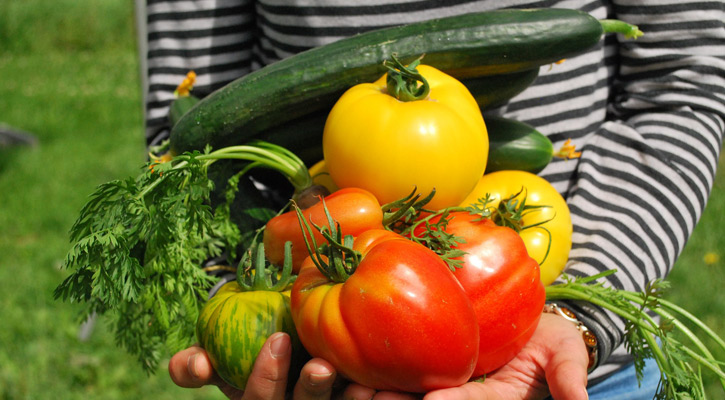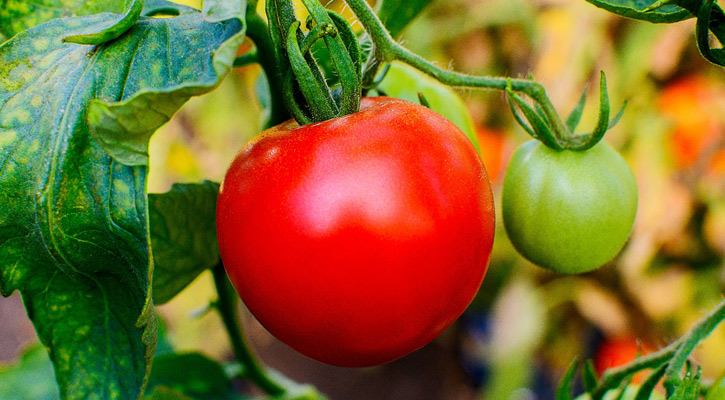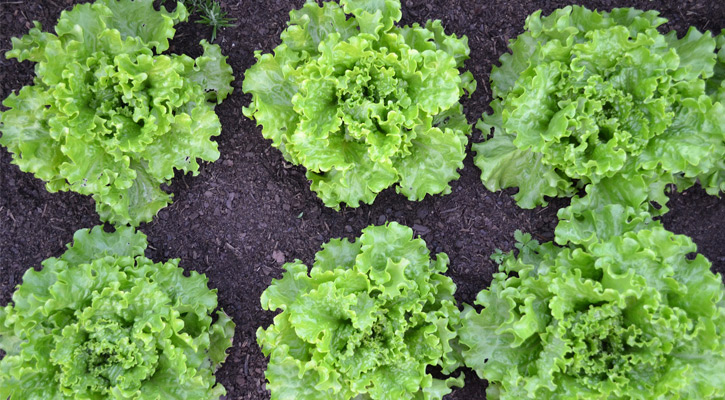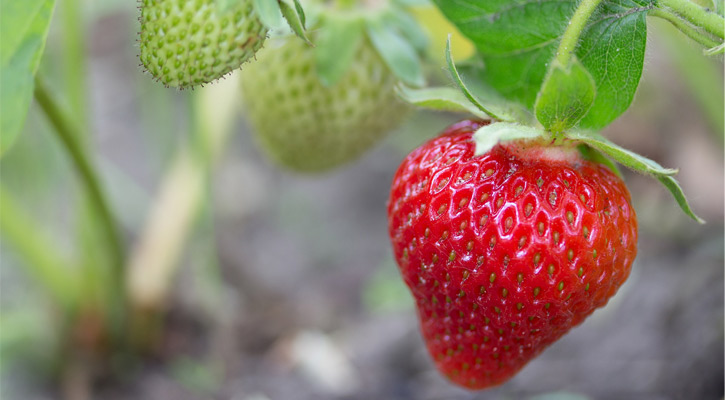A Gardening Guide to Companion Planting
Companion planting refers to planting certain vegetables and plants next to each other that are "friends" - they'll actually grow better when grown together! When the right vegetables are neighbors they can help each other out by deterring pests and disease, improving flavor, and encouraging growth.
At the same time, some vegetables and fruits are "foes" - planting certain items together can actually hinder growth. If plants will be competing for the same nutrients, or are susceptible to the same pests or diseases, they won't be friends growing next to each other. Follow the tips below and your Saratoga vegetable garden will be blooming with nutritious food!

Check out the tips below and find out which vegetable and fruit plants are friends and which are foes!
Note: Some horticulturalists disagree on the specifics of companion planting. The following are guidelines and are not all inclusive. If in doubt, consult the grower or nursery you purchase your plants and vegetables from before transferring them to your garden.
Tomatoes

Friends
- Basil: deters pests like aphids
- Borage: deters tomato worms and cabbage worms, attracts beneficial insects like bees
- Chives: deters aphids and enhances taste
- Marigolds: enhances taste, also requires similar growing conditions
- Garlic: protects against red spiders
Foes
- Cabbage, broccoli, Brussels sprouts, cauliflower, kale, turnips: inhibit growth
- Eggplant, peppers, potatoes: all susceptible to blight
- Fennel: inhibits growth
- Corn: both are susceptible to the tomato/corn earworm
Bonus tip: If you're new to gardening tomatoes are a great vegetable to start with - they're considered to be one of the easiest vegetables to grow.
Beans

Friends
- Corn: beans tolerate light shade cast by corn and occupy a different level of soil than roots of corn; won't compete for nutrients
- Squash: has deep roots that won't compete with beans; can smother weeds
Foes
- Onions, garlic, chives: inhibit growth
- Peppers: inhibit growth; both are susceptible to anthracnose
- Sunflowers: inhibit growth
Bonus tip: Because they enrich soil with nitrogen, beans are often planted in between other vegetables to aid them, such as spinach, cucumbers, and corn.
Cucumbers

Friends
- Corn: deters bacterial wilt virus
- Nasturium: deters cucumber beetles and attracts beneficial insects
- Dill: enhances taste
- Radishes: if allowed to go to seed can deter cucumber beetle
Foes
- Potatoes: compete for nutrients; can inhibit growth
- Aromatic herbs (like sage): negatively affect taste
- Squash: susceptible to the same pests and diseases
- Melons: susceptible to the same pests and diseases
Lettuce

Friends:
- Basil: enhances flavor
- Sunflowers: provide needed shade
- Marigold: deters pests
- Carrots: grow deep in soil while lettuce doesn't; won't compete with each other
Foes
- Broccoli: can inhibit seed germination and growth
Strawberries

Friends
- Beans: deter some beetles; provide nitrogen-fixing bacteria to better fertilize the soil
- Peas: also contribute nitrogen to the soil
- Flowering herbs (like anise, lavender): attract beneficial insects, including those that feed on aphids
Foes
- Tomatoes: the shade will inhibit growth
Broccoli

Friends
- Potatoes, onions, celery: enhance taste
- Aromatic herbs (like sage): deter pests
Foes
- Tomatoes: negatively affect taste
- Strawberries: negatively affect taste
- Beans: negatively affect taste
- Squash: nevgatively affects taste
See how to keep deer out of your Saratoga garden »
« Back to the Home and Garden Guide